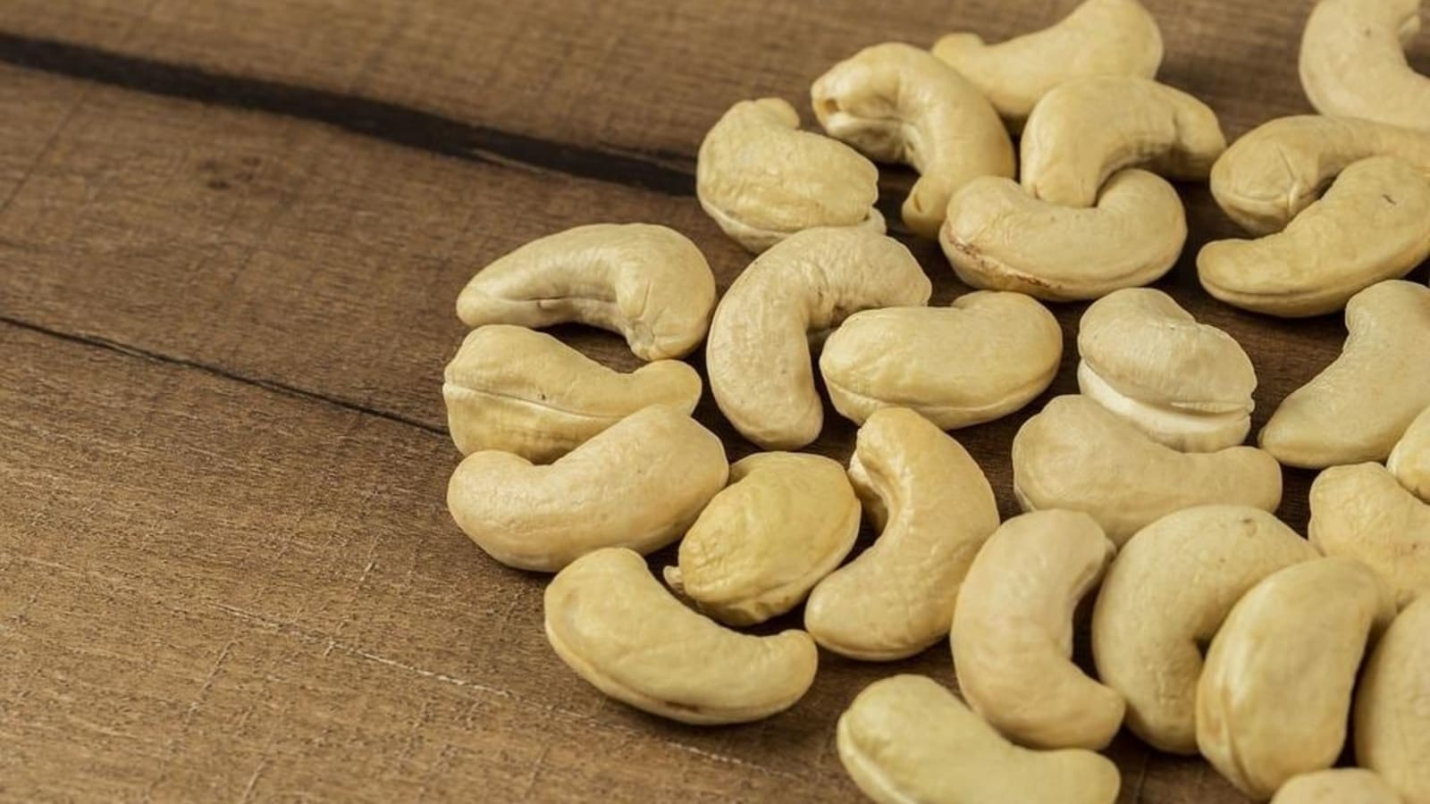





Copyright infringement not intended
Picture Courtesy: www.hindustantimes.com
Context: India aims to reclaim its top spot in cashew nut exports by tasking the Agricultural and Processed Food Products Development Authority (APEDA) to strategize cashew cultivation expansion and global market integration.
|
Agricultural and Processed Food Products Export Development Authority (APEDA) ●It is an apex body established by the Government of India to promote the export of agricultural and processed food products from India. ●APEDA operates under the Ministry of Commerce and Industry and was established by the APEDA Act in 1985. The main objectives of APEDA are: ●It is responsible for promoting the development of industries involved in the export of scheduled products. ●It establishes and operates quality control and inspection services to ensure the quality of agricultural and processed food products for export. It also provides certification of such products. ●It works to identify and tap new markets for Indian agricultural and processed food products. It also undertakes measures to promote these products in international markets. ●It is involved in research and development activities related to the export sector. It aims to improve the quality of products and enhance their competitiveness in the global market. ●It conducts training programs and educational initiatives to enhance the skills and knowledge of individuals engaged in the export of agricultural and processed food products. ●It serves as an information hub for exporters, providing them with relevant market intelligence, trade data, and other essential information. ●It has regulatory functions, and it formulates and enforces standards for the export of scheduled products. |
Details
India’s cashew industry
Export Trends
Export Destinations
Government Initiatives
Conclusion
Must Read Articles:
Goan Cashew Gets GI Tag: https://www.iasgyan.in/daily-current-affairs/goan-cashew-gets-gi-tag
|
PRACTICE QUESTION Q. India is one of the leading producers of cashew nuts globally, renowned for its quality and quantity of production. The geographical and climatic conditions play a crucial role in the success of cashew cultivation in the country. The ideal climate for cashew cultivation includes: A. High humidity and heavy rainfall B. Cool temperatures and snowfall C. Tropical conditions with well-distributed rainfall D. Arid conditions with minimal rainfall Answer: C Explanation: Cashew trees thrive in tropical climates with well-distributed rainfall. Cashew trees are native to tropical regions of South America and thrive in climates with warm temperatures, high humidity, and well-distributed rainfall. They require an average temperature of 16-25°C (61-77°F) and a rainfall of 50-400 cm (20-160 inches) per year. Cashew trees can tolerate some drought, but they are most productive in areas with regular rainfall. Some of the specific climate requirements for cashew trees: ●They are most productive in areas with an average temperature of 20-25°C (68-77°F). They can tolerate temperatures as low as 10°C (50°F) and as high as 40°C (104°F), but their growth and yield will be reduced at these extremes. ●They require a well-distributed rainfall of 50-400 cm (20-160 inches) per year. They are most productive in areas with a rainy season of 6-8 months. Rainfall should be evenly distributed throughout the year, as dry spells can stress the trees and reduce their yield. ●They prefer a humid environment with a relative humidity of 60-80%. High humidity helps to prevent the trees from drying out and also promotes the growth of the fungi that are associated with their roots. ●They can grow in a variety of soil types, but they prefer well-drained, sandy loam soils with a pH of 5.5-6.5. The soil should be deep and fertile, as cashew trees have a deep root system. |








© 2025 iasgyan. All right reserved